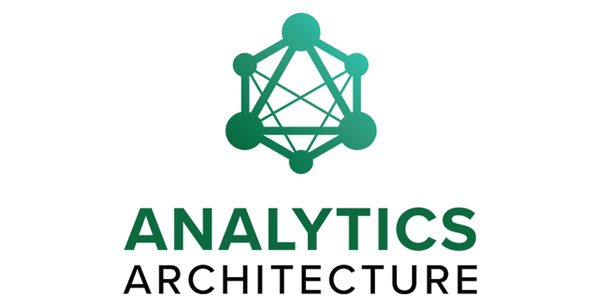The Global Leader in Data Management Education.
Capitalize on the single best source of education for anyone harnessing the power of data — business leaders, data management practitioners and IT professionals worldwide.
Our mission is to make data education accessible, practical, and impactful — helping you solve today’s toughest challenges, advance your career, and drive meaningful change in your organization.
If you need to learn how to implement, manage and govern your data-driven business solutions, you will find the answers at DATAVERSITY.













